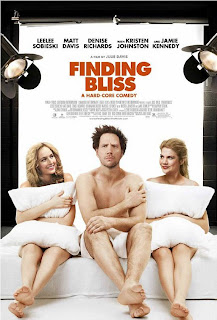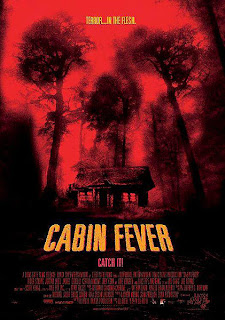Killer Memory: Exceptionally well-shot "Lavender" works in dribs and drabs
Lavender (2017)
92 min., not rated.
Billed as a psychological puzzle box with supernatural leanings, “Lavender” has plenty going for it. It’s a good-looking production, evocative in mood and often imaginative in its camera movements and editing tricks. Writer-director Ed Gass-Donnelly (2013’s “The Last Exorcism Part II”) and co-scribe Colin Frizzell play with lost or repressed memories to keep both the protagonist and audience in the dark, and for a while, it’s a sufficiently involving process, following the breadcrumbs as they come before being led to the eleventh-hour revelations. Alas, what it adds up to is less than the sum of its parts — but what polished, atmospheric parts.
With her memory practically wiped, ever since her family was killed in her house 25 years ago, photographer Jane Ryer (Abbie Cornish) tries living a normal life. Her relationship with husband Alan (Diego Klattenhoff) has been rocky, but their love for their 10-year-old daughter, Alice (Lola Flanery), keeps them together. Throughout her career, she has grown obsessed with shooting old houses, and it’s not until coming across one particular home that Jane realizes it might have something to do with her splintered memory. When Jane is late to pick up her daughter from school, she ends up getting into a car accident, brought on by the vision of a young girl in the road. Waking up in the hospital with severe memory loss, she eventually progresses with help from Liam (Justin Long), a psychiatrist. Then, once Jane begins receiving mysterious ribbon-wrapped boxes, she’s encouraged by Liam to pay a visit to her childhood home in the country and unlocks the truth behind her childhood trauma that her brain has kept a secret all this time.
Deliberately paced, the film is all the more absorbing for taking its time in setting up the pieces and inviting one to accompany Jane on her “is-she-crazy-or-not?” journey. As Jane begins receiving said boxes, one is actually unsure as to whether Jane is imagining it all, sending them to herself, or that she has a secret admirer with twisted intentions. Through it all, director Ed Gass-Donnelly employs nifty stylistic flourishes, including a slow-motion car accident. More impressively, the film opens with a frozen-in-time tableaux of a farmhouse crime scene in the 1985-set opening with young Jane (Peyton Kennedy) and then revisits that crime with a convergence of the past and present for the big climax. To read the rest of the review, go to Diabolique Magazine.
Grade: C +










Comments
Post a Comment